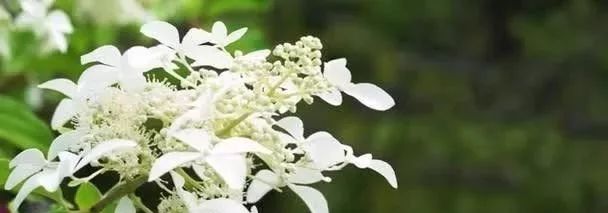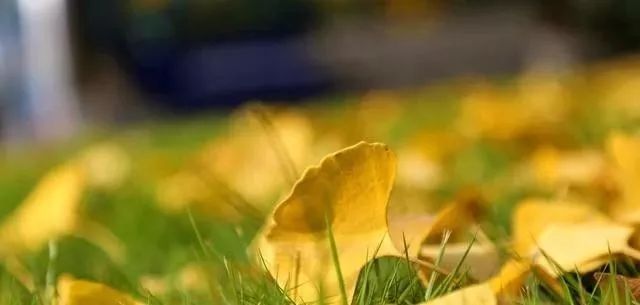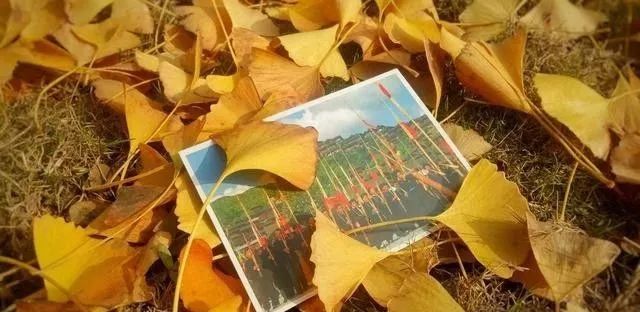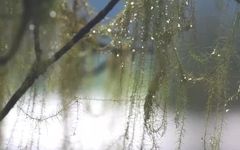⬆⬆⬆ Before reading, please click the blue text above “Yu Qu Yu Qiu”, then click Follow, and set a star in the upper right corner. This way, you can receive the latest content daily, with free subscriptions. Please feel free to follow.
The so-called Spleen-Stomach Damp-Heat (Pi Wei Shi Re), also known as Middle Jiao Damp-Heat (Zhong Jiao Shi Re), refers to the pathological changes caused by damp-heat accumulating in the spleen and stomach, obstructing their function of transformation and transportation, leading to systemic damp-heat symptoms. This condition is often caused by improper diet and excessive consumption of fatty foods, resulting in damp-heat accumulation in the spleen and stomach.

Clinical Manifestations of Spleen-Stomach Damp-Heat
1. Burning pain in the epigastrium, with a feeling of fullness and acid regurgitation.
2. Dry mouth and bitter taste, thirst without desire to drink, or sweet and sticky mouth, with sour regurgitation after eating sweet foods, poor appetite, nausea, and a heavy feeling in the body.
3. Yellow urine, constipation, red tongue, yellow and greasy tongue coating, and a slippery and rapid pulse.
Liver-Gallbladder Damp-Heat (Gan Dan Shi Re) refers to the condition caused by damp-heat evil accumulating in the liver and gallbladder. This is often due to external damp-heat invasion, excessive alcohol consumption, or overindulgence in rich, spicy foods, leading to internal dampness and prolonged heat accumulation, or dysfunction of the spleen and stomach, resulting in dampness transforming into heat and obstructing the liver and gallbladder.

Clinical Manifestations of Liver-Gallbladder Damp-Heat
1. Burning and distending pain in the hypochondrium, or painful masses under the ribs.
2. Jaundice, yellow urine, yellow skin, bright orange color, fever, bitter mouth, poor appetite, nausea and vomiting, abdominal distension, and either constipation or diarrhea, red tongue, yellow and greasy tongue coating, and a wiry or slippery pulse.
3. Scrotal eczema, or swelling and pain in the testicles, or yellow and foul-smelling discharge, vulvar itching, yellow and greasy tongue coating, and a wiry and rapid pulse.

Common Points Between Spleen-Stomach Damp-Heat and Liver-Gallbladder Damp-Heat
1. Similar Etiology: Both conditions are often caused by the invasion of damp-heat evil or excessive consumption of rich and greasy foods, leading to dampness and heat accumulation.
2. Both exhibit symptoms of poor appetite, nausea, and abdominal distension. The tongue coating in both cases is red with yellow and greasy appearance, indicating damp-heat.
3. Both can present with jaundice symptoms. Jaundice is caused by damp-heat steaming, leading to bile overflow into the skin. If jaundice occurs in either condition, it is classified as Yang Jaundice (Yang Huang).

Differences Between Spleen-Stomach Damp-Heat and Liver-Gallbladder Damp-Heat
1. Different Emphasis of Damp-Heat: Although both conditions are caused by damp-heat, the emphasis differs. Spleen-Stomach Damp-Heat has more dampness than heat, with symptoms such as heaviness in the limbs, poor appetite, abdominal distension, and diarrhea being prominent. The heat symptoms are relatively mild.
Liver-Gallbladder Damp-Heat has more heat than dampness, with prominent heat symptoms such as fever, dry mouth, bitter taste, and constipation. The symptoms of dampness are relatively mild.

2. Both conditions exhibit symptoms of spleen-stomach dysfunction, such as abdominal distension, poor appetite, and nausea. The symptoms in Liver-Gallbladder Damp-Heat arise because the liver qi is stagnant and invades the stomach. In contrast, Spleen-Stomach Damp-Heat is due to damp-heat evil accumulating in the spleen and stomach, leading to dysfunction in their transformation and transportation.
3. Liver-Gallbladder Damp-Heat causes symptoms of liver and gallbladder dysfunction, such as pain in the hypochondrium, while Spleen-Stomach Damp-Heat primarily presents with epigastric fullness and pain without hypochondrial pain.
Additionally, Liver-Gallbladder Damp-Heat may present with symptoms of damp-heat descending, such as scrotal eczema, testicular swelling and pain, or yellow and foul-smelling discharge, while Spleen-Stomach Damp-Heat does not exhibit these symptoms.
4. In terms of treatment duration, Spleen-Stomach Damp-Heat generally requires a longer treatment period with fewer recurrences, while Liver-Gallbladder Damp-Heat may have a shorter treatment duration but tends to recur frequently. This is because Spleen-Stomach Damp-Heat is characterized by more dampness than heat, leading to a longer course of illness.

4 Strategies to Prevent Various Types of Damp-Heat
1. Change unhealthy lifestyle habits. Maintain a balanced diet, avoid smoking and drinking. Drinking a cup of tea daily can help reduce heat and dispel dampness, regulate the body’s mechanisms, and alleviate symptoms such as oily skin, acne, poor bowel movements, and fatigue caused by damp-heat.
2. When regulating the spleen and stomach, also consider promoting lung qi. When treating the spleen, do not forget to address the lungs; when treating the lungs, one must consider the spleen. Clinical treatment should focus on strengthening the spleen and harmonizing the stomach.
3. Maintain a good mood. This can effectively improve appetite and digestive capacity. Therefore, the most important aspect of spleen-stomach regulation is to keep a cheerful disposition.
4. Engage in appropriate physical exercise. This can enhance gastrointestinal function, promote peristalsis, aid in the digestion and absorption of nutrients, boost metabolism, and delay the aging of the digestive system.

The above summarizes the manifestations of Spleen-Stomach Damp-Heat and Liver-Gallbladder Damp-Heat, as well as how to prevent them. This highlights the most significant differences between the two conditions. However, it is important to note that Spleen-Stomach Damp-Heat and Liver-Gallbladder Damp-Heat also share many commonalities. Therefore, to understand which type of damp-heat constitution you have, it is best to consult a physician before proceeding with any treatment.
Daily sharing of health knowledge.
Long press to recognize the QR code for more content.

Disclaimer: The article is sourced from the internet. If there is any infringement, please contact us for removal.
If you like it, please help by clicking, sharing, and viewing.

